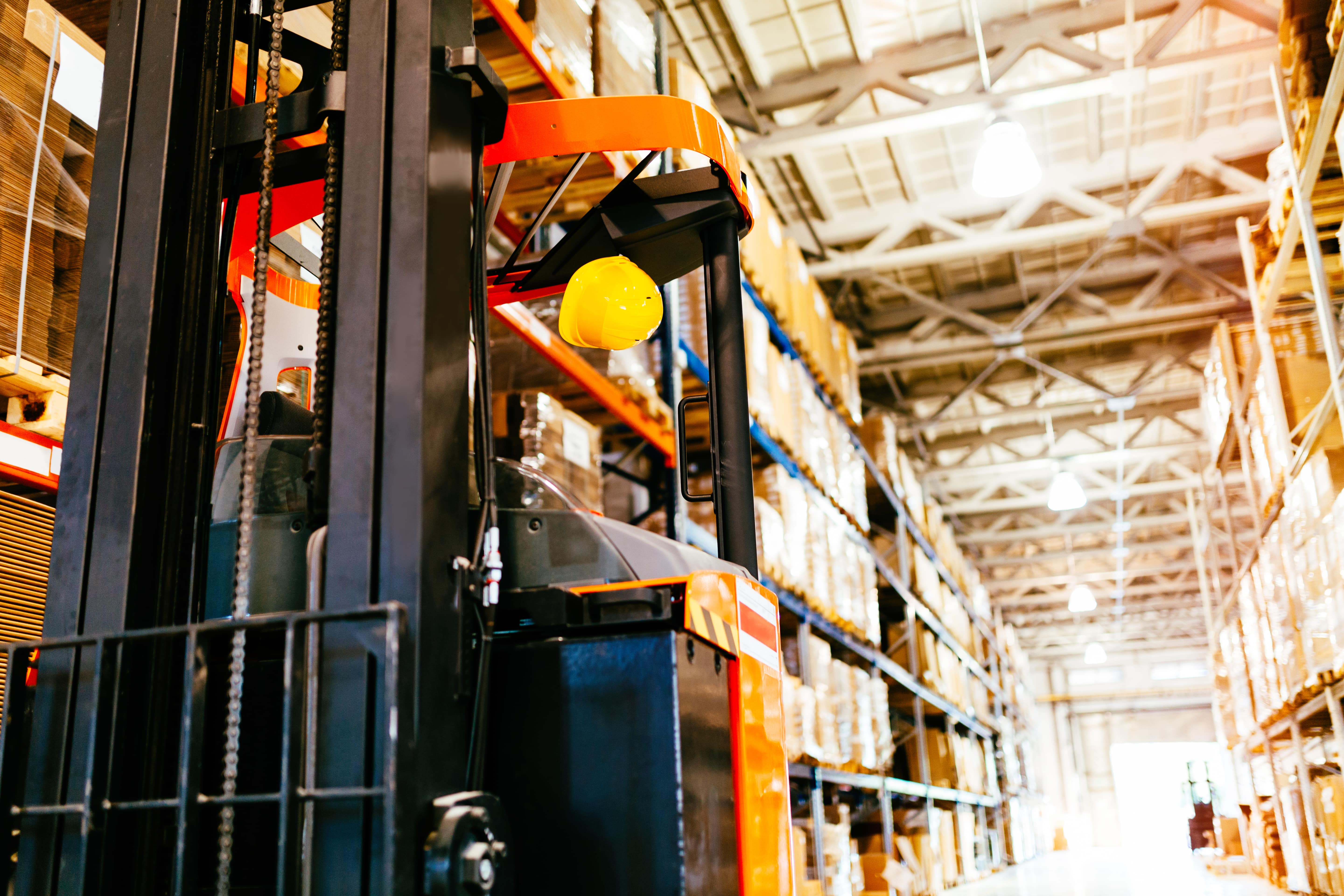In complexity of modern supply chains, fragmented systems and isolated data streams present a formidable barrier to achieving true end-to-end supply network visibility.

In complexity of modern supply chains, fragmented systems and isolated data streams present a formidable barrier to achieving true end-to-end supply network visibility. The absence of a cohesive, real-time view across procurement, production, logistics, and inventory creates operational blind spots, amplifying inefficiencies, stifling opportunities, and exposing organizations to heightened risks. As supply chains become increasingly interconnected and dynamic, end-to-end visibility has emerged not merely as a foundational pillar of resilience, agility, and long-term competitive strength.
AI-Enabled Digital Twins offer a transformative solution, providing organizations with a dynamic, real-time view of their entire supply chain ecosystem. By integrating data from multiple sources, simulating scenarios, and delivering actionable insights, these digital twins enable supply chain leaders to optimize performance, anticipate disruptions, and drive continuous improvement.
1. Data Silos Across Supply Chain Functions
Supply chains often operate on disconnected systems, making it difficult to consolidate data across procurement, production, and distribution. For example, a logistics team may have visibility into shipping schedules, but without access to inventory data, they cannot prioritize shipments for high-demand items. This lack of integration leads to delays and inefficiencies that ripple across the network.
2. Limited Real-Time Monitoring of Supply Chain Dynamics
Organizations relying on periodic updates struggle to track inventory levels, supplier performance, and transportation status in real time. For instance, a supply chain manager might only learn of a delayed shipment after it has already impacted production schedules, leaving no time to implement alternative solutions.
3. Inadequate Visibility Into Supplier Networks
A significant portion of supply chain activities takes place upstream, yet many organizations lack visibility into their suppliers’ production capacity, lead times, or inventory availability. For example, a procurement manager may not be aware that a supplier is experiencing material shortages until it affects order fulfillment, creating downstream disruptions.
4. Challenges in Tracking Sustainability Metrics
Tracking and reporting sustainability metrics, such as carbon emissions or ethical sourcing compliance, requires visibility into every layer of the supply chain. For instance, without data on supplier practices or logistics emissions, organizations cannot provide accurate ESG reports, hindering their ability to meet sustainability goals.
5. Reactive Responses to Disruptions
The inability to predict or identify disruptions in real time forces organizations to operate reactively. Whether it’s a port closure, a natural disaster, or a supplier shutdown, the lack of immediate visibility leaves decision-makers scrambling for solutions, often at a high cost.
1. Breaking Down Data Silos with Integrated Platforms
AI-Enabled Digital Twins consolidate data from multiple systems, creating a unified platform that provides visibility across the entire supply chain. For example, a digital twin can combine procurement data, production schedules, and inventory levels into a single dashboard, enabling cross-functional teams to make coordinated decisions. This integration eliminates blind spots and accelerates workflows.
2. Real-Time Monitoring and Alerts
By continuously capturing and analyzing data, AI-Enabled Digital Twins provide real-time visibility into supply chain dynamics. For instance, if a shipment is delayed due to inclement weather, the digital twin alerts the logistics manager immediately and suggests alternative routes or suppliers. This proactive monitoring minimizes disruptions and ensures operational continuity.
3. Enhanced Supplier Collaboration and Network Visibility
AI-Enabled Digital Twins extend visibility into supplier networks, allowing organizations to monitor supplier performance, lead times, and production capacity. For example, a procurement manager can view a supplier’s inventory levels and adjust orders dynamically to meet demand. This real-time collaboration ensures alignment across the network and reduces the risk of stockouts or overstocking.
4. Tracking and Reporting Sustainability Metrics
With AI-Enabled Digital Twins, organizations can integrate sustainability metrics into their supply chain visibility. For example, a digital twin can track emissions across transportation routes and highlight opportunities to shift to lower-carbon options, ensuring the supply chain meets ESG targets while maintaining efficiency.
5. Predictive Scenario Modeling for Proactive Decision-Making
AI-Enabled Digital Twins simulate potential disruptions, providing actionable insights before issues escalate. For instance, if geopolitical tensions arise in a supplier’s region, the digital twin evaluates the impact on inventory and recommends alternative sourcing options. This proactive capability transforms reactive responses into strategic foresight, reducing costs and ensuring resilience.
End-to-End Visibility is no longer an aspirational goal; it is a foundational capability for supply chain resilience and efficiency. By leveraging AI-Enabled Digital Twins, organizations can achieve transparency across their networks, enabling them to navigate complexity with confidence. As the demands on supply chains continue to evolve, investing in visibility-driven technologies ensures operational continuity and sustainability.
Test your own scenarios with TADA’s Clean TO! Build and see the impact in minutes.
Try TADA Clean TO! Build
Test your own scenarios with TADA’s RM Inventory Manager and see the impact in minutes.
Try RM Inventory Manager

Use TADA’s Tariff Manager to model costs, build agility, and protect margins.
Try the Tariff Manager
Test your own scenarios with TADA’s Tariff Manager and see the impact in minutes.
Try the Tariff Managerest your own scenarios with TADA’s RM Inventory! Manager and see the impact in minutes.
TRY RM Inventory! Manager